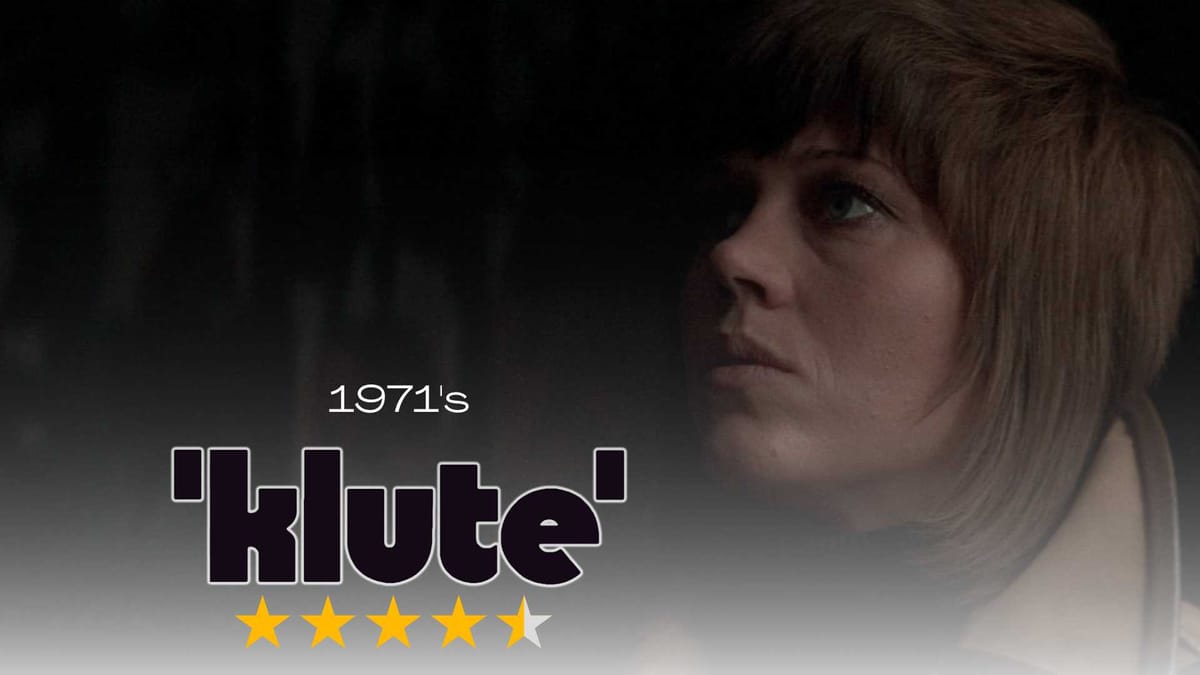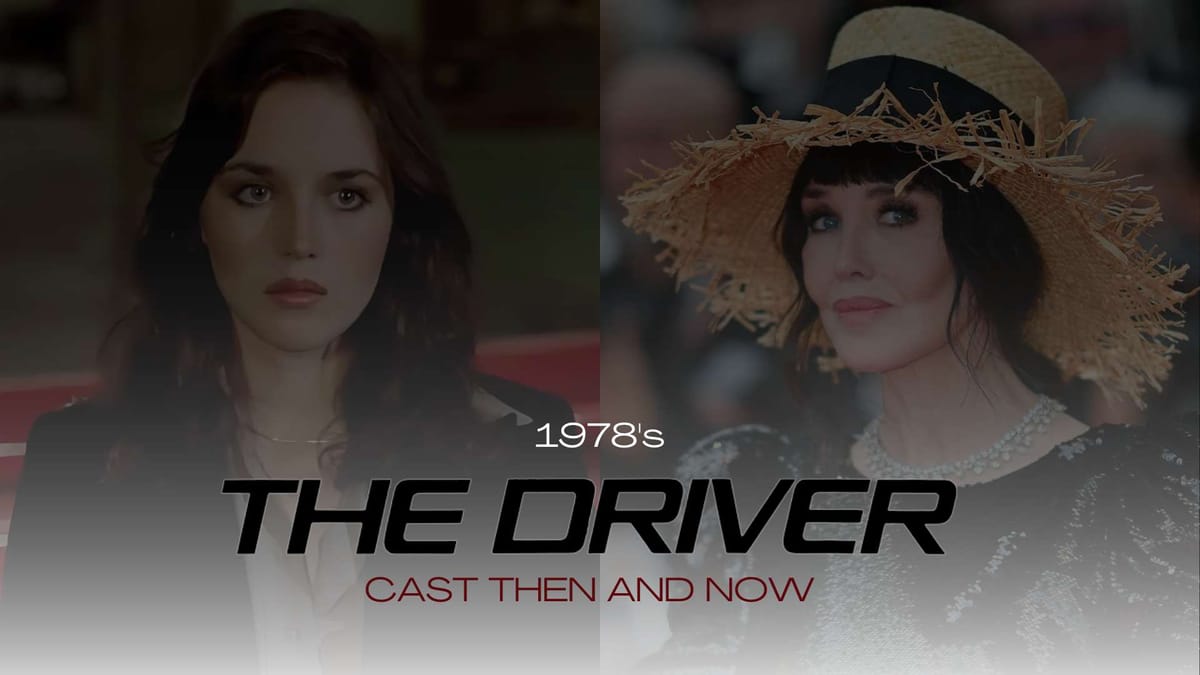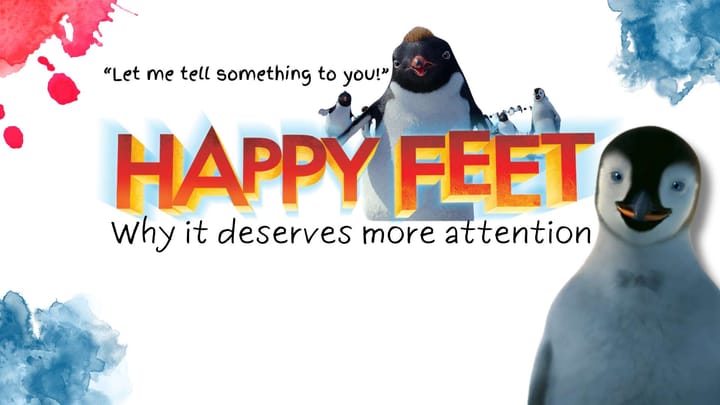Klute (1971): The Thriller That Redefined Jane Fonda's Career

Hey there, film aficionados! Ever wonder why we keep circling back to these classic flicks? It's not just nostalgia, folks. These landmark films are the bedrock of modern cinema, shaping how movies are made and stories are told. They're time capsules, sure, but they're also masterclasses in filmmaking that continue to influence directors and actors today.
That's why we're diving deep into Klute, the 1971 neo-noir thriller that not only captivated audiences but also marked a turning point in Jane Fonda's career. This gritty, atmospheric film directed by Alan J. Pakula is more than just a detective story—it's a character study, a snapshot of early '70s New York, and a showcase for some of the finest acting of its era.
By revisiting gems like Klute, we're not just reminiscing—we're understanding the DNA of cinema. We're seeing how boundaries were pushed, how performances were redefined, and how movies became a mirror for society's evolving values. So buckle up, because this journey through Klute isn't just about one film—it's about understanding why some movies stand the test of time and continue to resonate with audiences decades later.
The Plot Unravelled
Klute kicks off with a mystery: Tom Gruneman, a Pennsylvania executive, has vanished without a trace. Six months later, with the police at a dead end, Gruneman's business associate Peter Cable hires John Klute, a small-town detective and Gruneman's friend, to pick up the cold trail.
Klute's only lead? A typewritten obscene letter supposedly from Gruneman to Bree Daniels, a New York City call girl. As Klute dives into the seedy underbelly of the Big Apple, he finds himself drawn into Bree's complex world. She's more than just a prostitute—she's an aspiring actress with dreams of leaving life behind and battling her demons and compulsions.
As Klute and Bree's paths intertwine, they uncover a web of lies, murder, and psychological manipulation. The hunter becomes the hunted, and Bree finds herself the target of a killer who's closer than anyone suspects.
The Stars Who Brought It to Life
Jane Fonda as Bree Daniels
Jane Fonda's transformation for Klute is a personal and professional metamorphosis tale. Before this role, Fonda was known for lighter fare like Barefoot in the Park and Barbarella. Klute changed everything.
Fonda almost backed out. As she considered the part, she grappled with her emerging understanding of feminism.
"I was just beginning to understand feminism," I remember thinking, well, if I'm a feminist, I can't play a prostitute."
She sought guidance from her friend, jazz singer Barbara Dean. Dean's response was enlightening:
"This script gives you a chance to go deep, and if you can go deep into any human being, that is feminism."
This gave Fonda the 'political clearance' she needed.
Her preparation was intense. She spent a week with real call girls and madams. The experience was sobering. "The thing that struck me about the call girls in particular is there was no light in their eyes. It was like their soul had been taken out of them."
Adding to this realisation was a blow to Fonda's ego. Not one John showed interest in her during her research. This forced Fonda to confront the realities she was about to portray.
Fonda's physical transformation was equally significant. Five months before filming, she went to Paul McGregor, a barber in the village, and simply said, "Do something." The result was the iconic Klute hairdo, which Fonda describes as "almost like armour."
Her commitment extended to every detail. She contributed to decorating Bree's apartment set, deciding Bree would be a romance reader and have a cat. She even added a signed photo of Kennedy, inspired by an actress who had connections to the president.
The process deepened Fonda's understanding of feminism and women's experiences. The role of Bree Daniels became more than just a character—it was a vehicle for exploring the emerging feminist consciousness of the early 1970s.
In the end, Klute stands as a testament to Fonda's commitment to her craft and her willingness to grapple with complex social issues through her art. It redefined her career, showcasing a performance so raw and nuanced that it earned her an Academy Award for Best Actress.
Donald Sutherland as John Klute
Fresh off his success in MASH*** (1970), Donald Sutherland brought a quiet intensity to John Klute. His restrained performance provided the perfect counterbalance to Fonda's more volatile Bree. Sutherland's Klute is a fish out of water in New York City, his small-town sensibilities clashing with the urban jungle he finds himself navigating.
Off-screen Chemistry
Here's a juicy tidbit: Fonda and Sutherland developed a real-life romance during filming. This off-screen chemistry undoubtedly contributed to their on-screen dynamic. Their relationship lasted until about June 1972, with Sutherland even accompanying Fonda to the Oscars when she won for this role.
Gallery




Behind the Camera: Alan J. Pakula
Klute was only Alan J. Pakula's second feature as a director, following The Sterile Cuckoo (1969). But man, did he knock it out of the park! This film kicked off what film scholars now call his "paranoia trilogy," followed by The Parallax View (1974) and All the President's Men (1976).
Pakula's direction in Klute is a masterclass in building tension and atmosphere. He uses the claustrophobic New York settings to create a sense of constant unease, with characters often framed in doorways or shot through windows, emphasising their vulnerability.
The Look and Sound of Klute
Cinematography
The film's striking visuals come courtesy of cinematographer Gordon Willis, who would go on to shoot The Godfather trilogy. Willis's use of shadow and light in Klute is nothing short of masterful, earning him the nickname "Prince of Darkness" in Hollywood.
Music
The haunting score was composed by Michael Small, and get this – it was only his second film score! Pakula took a big risk working with an unknown composer, but it paid off big time. Small's eerie, minimalist score perfectly complements the film's tense atmosphere.
Interestingly, Pakula instructed Small not to use low notes in his score. Why? Because the audience already knows it's scary! This restraint in the music adds to the film's subtle but pervasive sense of unease.
You may also like:

Production Tidbits
- Bree's apartment was built entirely on a sound stage at a New York film studio. They went all out, even installing a working toilet in the bathroom set. Talk about attention to detail!
- Jane Fonda could actually spend the night on the apartment set, allowing her to fully immerse herself in Bree's world.
- The scenes with Bree's psychiatrist were largely improvised. Pakula later said he regretted not using two cameras to capture both Fonda's and Vivian Nathan's (the psychiatrist's) reactions.
- In the original script, Bree's psychiatrist was male. Fonda felt the character would never open up to a man and requested the change to a female therapist.
- Keep your eyes peeled during the disco scene. That guy dancing in front of the organ pipes? Yep, that's a young Sylvester Stallone, years before Rocky made him a star!
See if you can spot Sly?
Critical Reception and Awards
Klute was a hit with both critics and audiences. It grossed over $12 million at the box office, a tidy sum for 1971. But the real victory was in its critical acclaim.
Jane Fonda's performance was universally praised. She snagged the Academy Award for Best Actress, along with a Golden Globe for Best Actress in a Drama. She also picked up Best Actress awards from the New York Film Critics Circle and the National Society of Film Critics.
Interestingly, when Fonda asked her father, the legendary Henry Fonda, for advice on her Oscar acceptance speech, he suggested: "There's a great deal to say, but I'm not going to say it tonight." Talk about keeping it short and sweet!
The film itself was nominated for Best Original Screenplay at the Oscars, though it didn't win in that category.
The Klute Effect
Klute's impact on cinema can't be overstated. It's a prime example of the gritty, paranoid thrillers that defined American cinema in the 1970s. The film's exploration of themes like surveillance, urban alienation, and the complexities of human sexuality continues to resonate with audiences today.
For Jane Fonda, Klute marked a turning point. It established her as a serious dramatic actress, paving the way for future acclaimed performances in films like Coming Home (1978), for which she won her second Oscar.
Donald Sutherland's career also continued to flourish post-Klute. He went on to star in classics like Don't Look Now (1973) and Ordinary People (1980).
As for Alan J. Pakula, Klute cemented his reputation as a master of the thriller genre. His "paranoia trilogy" would go on to influence countless filmmakers in the decades that followed.
Interesting Trivia
- Bree's surname is inconsistent throughout the movie. Is it Daniel or Daniels? Even the end credits can't make up their mind!
- When Donald Sutherland writes notes on his legal pad about who the killer might be, it's not actually his hand. A stand-in with pudgy, black-haired hands was used for the close-up.
- There are some continuity errors in the film. For example, when Klute is driving Bree home, the truck following them changes to a regular car between shots.
- Bree's audition piece is from "Saint Joan" by George Bernard Shaw. A subtle hint about her lack of success as an actress is heard in the director's comment that she had used an "interesting accent." Her accent was Irish (Shaw was Irish), but Joan of Arc was French!
- Warner Bros. initially wanted to remove both Jane Fonda and Alan J. Pakula from the project before shooting started. Luckily for us, that didn't pan out, and they stuck with their original choices.
Memorable Quotes
Klute is filled with sharp dialogue. Here are a few standout lines:
- Bree Daniels: "For an hour... for an hour, I'm the best actress in the world, and the best f*ck in the world."
- Bree Daniels: "Oh, come on, Klute. I don't have to want to make love to you. I don't even have to like you. What's wrong with you is, you're hung up on me, so you're coming on like Gang Busters."
- Peter Cable: "I have no idea what I'm going to do. I'm so deeply puzzled. I've done terrible things, I've killed three people. Really, I don't consider myself a terrible man, no more than-than others."
Where to Watch
Ready to experience Klute for yourself? Check out this handy widget to find out where you can stream or rent it:
Remake Attempts?
Surprisingly, despite Hollywood's love for remakes, there have been no direct attempts to remake Klute. However, its influence can be seen in countless thrillers that followed. The complex dynamic between a detective and a woman in danger has become a staple of the genre, though few have matched the depth and nuance of Klute and Bree's relationship.
Conclusion
Klute stands as a testament to the power of great filmmaking. It's a perfect storm of stellar performances, tight direction, moody cinematography, and a gripping story. More than just a thriller, it's a character study that delves into the psyche of its protagonists, particularly Bree Daniels.
If you haven't seen Klute yet, what are you waiting for? And if you have? Well, maybe it's time for a rewatch. Trust me, this is one of those films that reveals new layers with each viewing.
So there you have it, folks—Klute in all its glory. A film that not only entertained audiences but also pushed boundaries, launched careers, and left its mark on history!






Comments ()